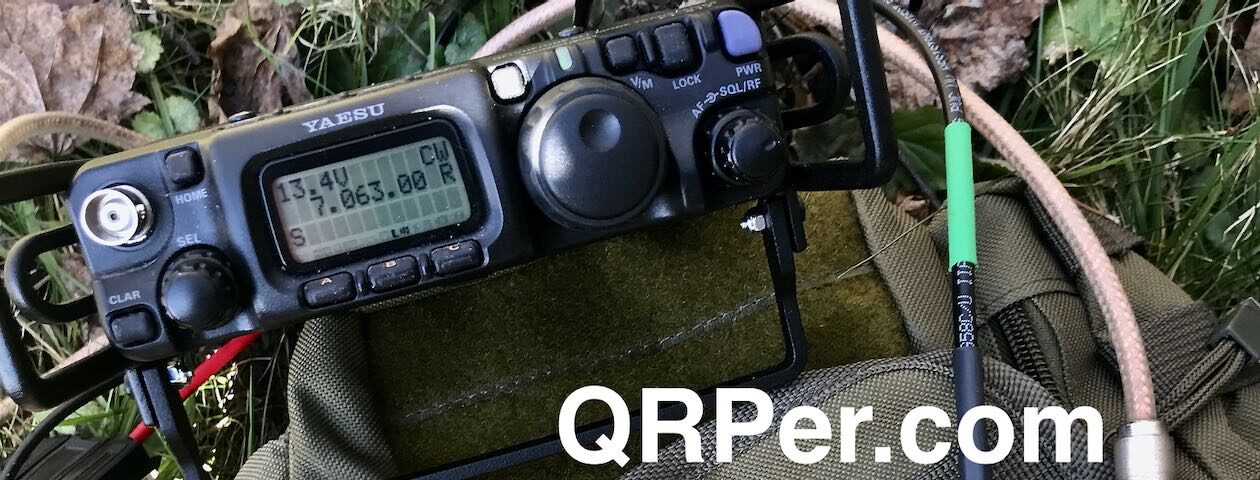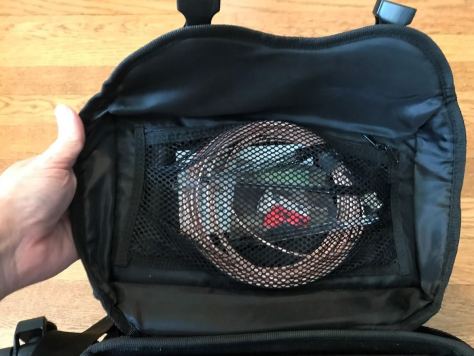 On Friday, September 15, 2023, my wife and I had a few hours midday to enjoy the gorgeous pre-fall weather, so we decided to go on a hike with Hazel.
On Friday, September 15, 2023, my wife and I had a few hours midday to enjoy the gorgeous pre-fall weather, so we decided to go on a hike with Hazel.
My wife was the one that suggested I pick out a hike that would open the door to a short POTA activation (isn’t she the best–?).
Carl Sandburg National Historic Site (K-0804)
 Earlier that week, I made a note to activate the Carl Sandburg National Historic Site in the village of Flat Rock, North Carolina. I passed this idea by my wife and she agreed that it’d make for a perfect outing.
Earlier that week, I made a note to activate the Carl Sandburg National Historic Site in the village of Flat Rock, North Carolina. I passed this idea by my wife and she agreed that it’d make for a perfect outing.
 The mission of the Carl Sandburg National Historic Site is to preserve Connemara, the home of Pulitzer Prize-winning poet and writer Carl Sandburg.
The mission of the Carl Sandburg National Historic Site is to preserve Connemara, the home of Pulitzer Prize-winning poet and writer Carl Sandburg.
The park has a wonderful trail network and I hadn’t visited it since 2016, during the National Parks On The Air (NPOTA) ARRL event.
Technically, I could go back into my NPOTA logs and upload my Sandburg activations to the POTA site because previous activations do count, but I’m not actually motivated by my park count so much as I am just having fun working new-to-me sites under the new POTA program.
That said, my somewhat flexible, non-committal goal of having at least 100 unique parks activated for POTA before the end of 2023 was also on my mind; a small motivator to expand my POTA footprint.
Admittedly, there really aren’t many parks that are within two hours of my QTH that I haven’t already activated for POTA. The ones left, like Sandburg, are just outside the corridors I normally travel.
The Sandburg site is a beautiful one, and I think Hazel may have even remembered this spot from so many years ago. My wife and I got a kick out of how giddy she was to hit the trails, smell the smells, and meet all of the other hikers.

Time to hit the trails and find an activation spot!
Knee Board Portable!
Back in 2016, I got permission from a Sandburg park ranger to place a wire in a tree in order to perform my NPOTA activation. She only asked that I perform my activation on the trail network (not at the house and goat farm).
Wow…I just checked and I had forgotten that I made a short field report of that activation over on (my other blog) the SWLing Post—check it out here. Back then, my KX2 was still very new and shiny!


And here we are seven years later and I’m still activating the Carl Sandburg site from my lap. This time, however, I don’t have my radio on a clip board, I’m using a folding knee board:
 This is my Tufteln/N0RNM folding knee board and you’ve seen me use it in numerous activation videos.
This is my Tufteln/N0RNM folding knee board and you’ve seen me use it in numerous activation videos.
Instead of just placing my logs and radio on the knee board, like I did back in 2016, I wanted to place my entire antenna system on it, too.
You see, although I’m sure the staff at the Sandburg home wouldn’t mind me putting a wire in their trees along the hiking trail, I couldn’t find a staff member to ask, so I used this as an excuse to try something I’ve always wanted to do: mount my AX1 on the knee board as well!
We found a park bench a mile up the trail and decided to set up there. Continue reading A Trailside, Low-Impact, Knee Board POTA activation at the Carl Sandburg National Historic Site!

















































